Here’s What the Last Days of the Titanic Were Really Like
Unless you have been living under a rock, you must be aware or even heard a little bit about the Titanic story, right? Most people have, even if it means that they did so by watching the movie and saw actors like Leonardo DiCaprio and actress, Kate Winslet play out a love story on deck. That could be one way that they knew exactly what happened. It is really very simple when you put all of this together; in the case that there is a large boat and an iceberg; resulting in a collision that sank the boat.
In the grand scheme of things, it was human versus nature and nature won. What reason is there that the ship, not yet sunken, went directly into the iceberg field? Doesn’t that sound a little weird and suspicious to you as it does for many people? Even more than a hundred years later, new evidence is being surfaced to suggest something was awry. There was more to the ship sinking than meets the eye.
The Titanic Ship
RMS Titanic as it was known was uniquely seen as the first largest cruise liner of its kind. For that reason, it was swiftly named as the “Queen of the Ocean.” It was notoriously given this title and was not considered as being the unsinkable ship that it eventually was. In fact, it was thought of so highly that they were going to place it on a list as one of the wonders of the world. It would have earned a place on this list because of its importance now and back then.
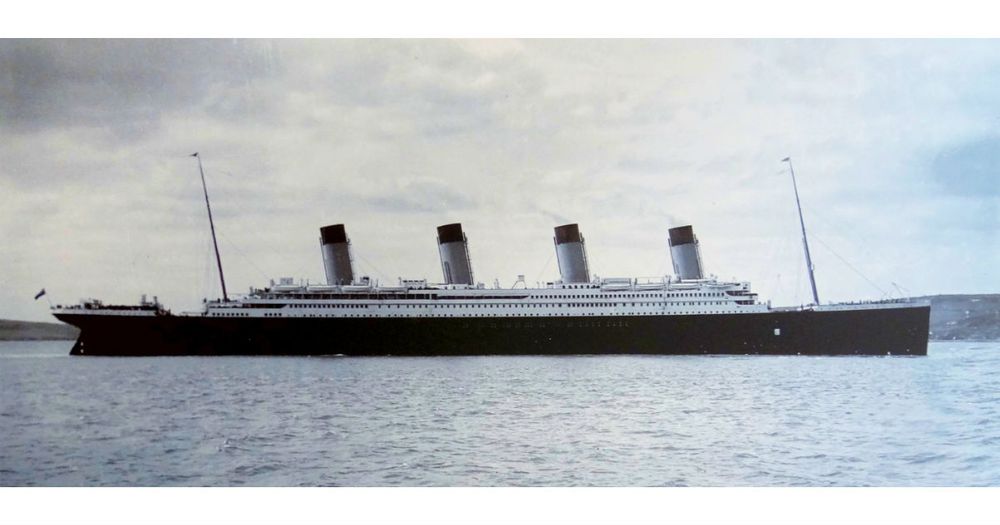
Wikimedia Commons
If you were to face the truth, the Titanic was so huge that an additional shipyard was called in to help with the assembling to ensure that it was possible to construct the ship. The shipyard was located in Belfast and known as Harland and Wolff, which spanned four city blocks to fit the constructed ship. This is the same shipyard where the sister cruiser, RMS Olympic was also constructed and assembled. Both ships were the largest and definitely difficult to build and were quite expensive.
Cruise Line Wars
J. Bruce Ismay was an executive and overseer of the White Star Line cruiser. At the time, he was under tremendous pressure to transform the cruise line and turn the company around. The cruise line was trying to compete with other similar companies and wanted to stay ahead of the pack so as to stand out. As a result, there was a wagering war to see which ship could dominate the ocean.
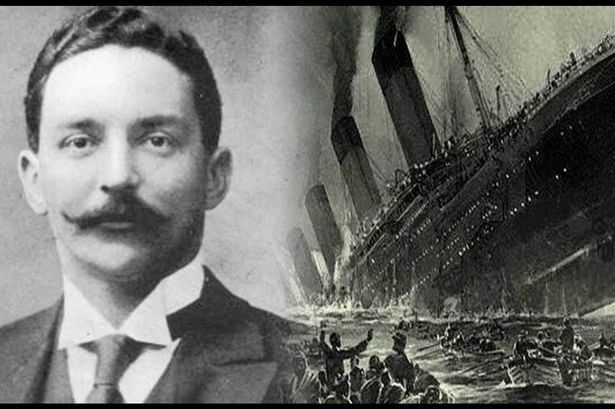
corkbeo.ie
For the White Star Line, the main competition was Cunard Cruise Line, which boasted and made it public that their boats were much faster and that the company had better service than any other seal liner. Ismay was angry about the whole ordeal. And so, the White Star Line took a different stance; boasting about their size. Of course, that decision to boast about size had some disadvantages and drawbacks.
Cut Spending, At All Costs
Thomas Andrews was the chief planner. He was the one that oversaw the construction and development of the Titanic. As Thomas Andrews began the planning phase for this luxuriously rich ship, Bruce Ismay communicated the news that no planner wanted to hear.
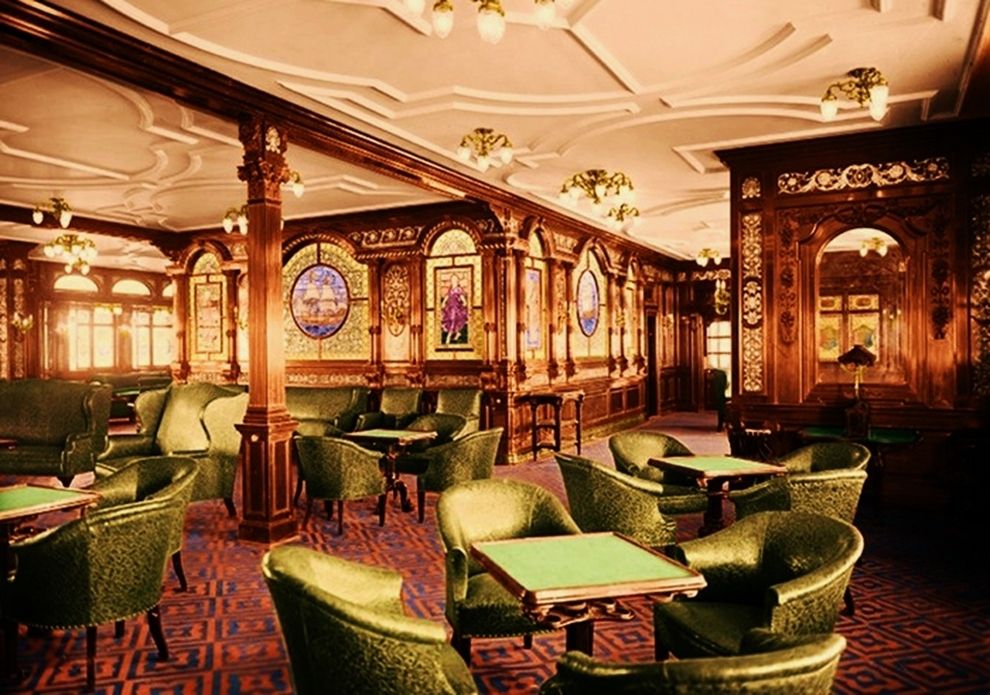
buzzfeed.com
The news was that spending had to be cut. For that reason, they were working with a low budget.
Tight Budget
Before long, it showed that Ismay was working within a tight budget because they were failing and it was then necessary to take these large ships on the ocean as early as possible. They had to do this within their tight budget; managing the situation as best as they could.
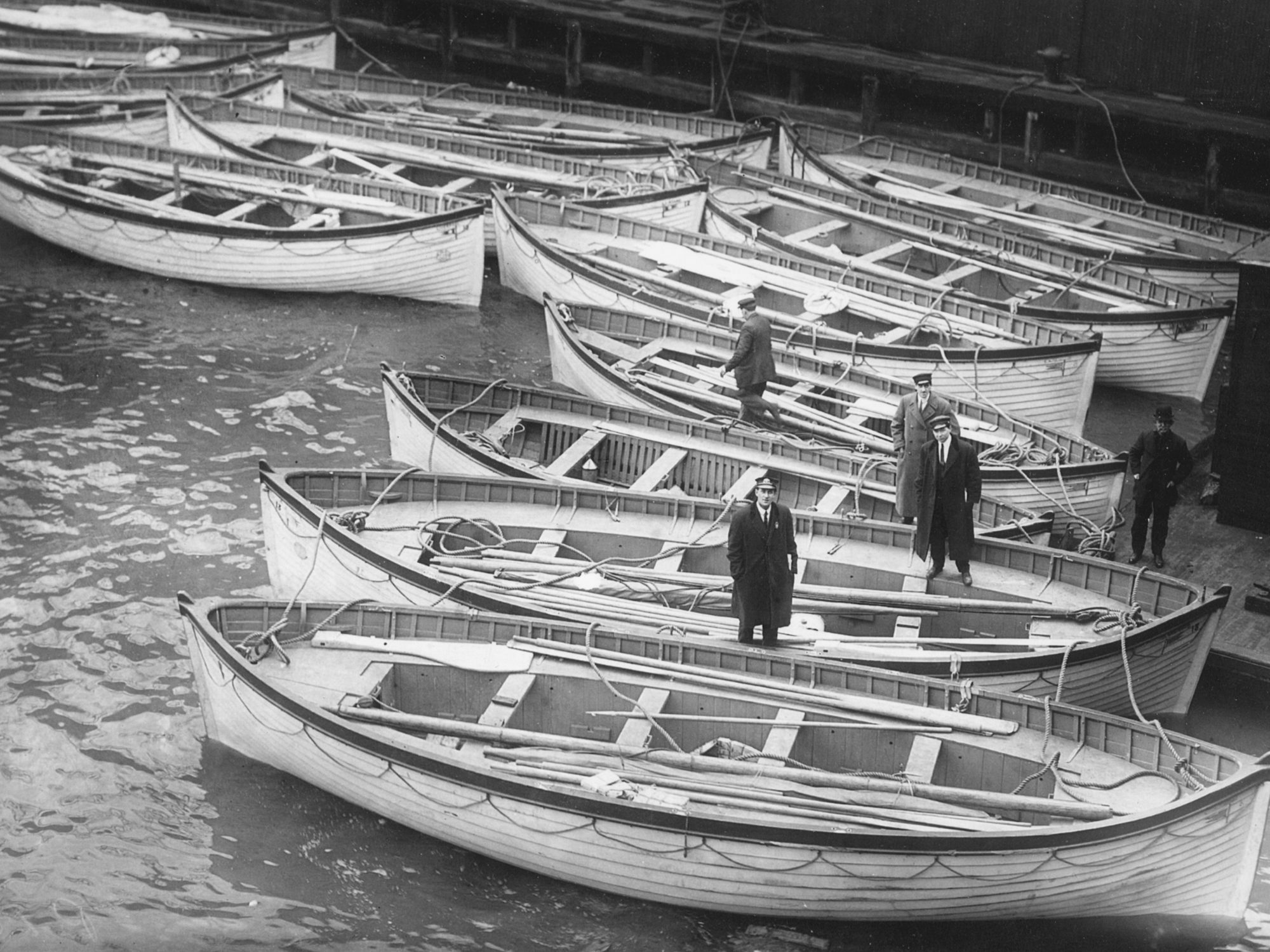
Of course, the chief planner, Andrews was quick to point out that this plan had a flaw. He relayed to them that it was not possible to cut certain corners. For example, the quality of steel and the number of required lifeboats was going to stretch the budget. Ismay brushed it off. Instead, he indicated that he had no worries about that. Of course, he was not aware that this kind of negligence would subsequently sink the ship and cost lives.
The 1912 National Coal Strike
Anyway, the Titanic was finally constructed during a certain time in history. During that time, there was a nationwide coal strike. It is known as the 1912 National Coal Strike. Due to the strike, a large number of workers began seeking jobs at that time in the industrial segment.
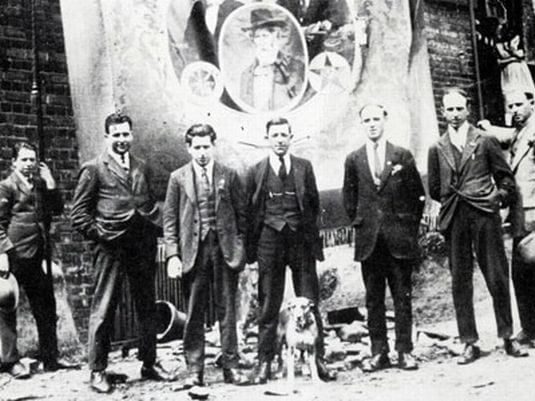
reddit.com
They had the strike to protest the low wages that they were being paid, which could not stretch to provide a normal life. This caused a reduction in wages and in coal stocks. The stocks did rise, but the wages made no changes. The clash between wages and stock coupled with the strike caused the White Star Line to feel the pressure and the tension of performing at its best.
"Titanic: The New Evidence" Documentary
With all this happening the price of coal was affected. The 1912 National Coal Strike resulted in an increase in the value and cost of items. And so, with the financial plans that Ismay had, it was a set up for disaster. The documentary in 2017 titled, “Titanic: The New Evidence” showed a speculation that low fuel may have contributed to the sinking ship.
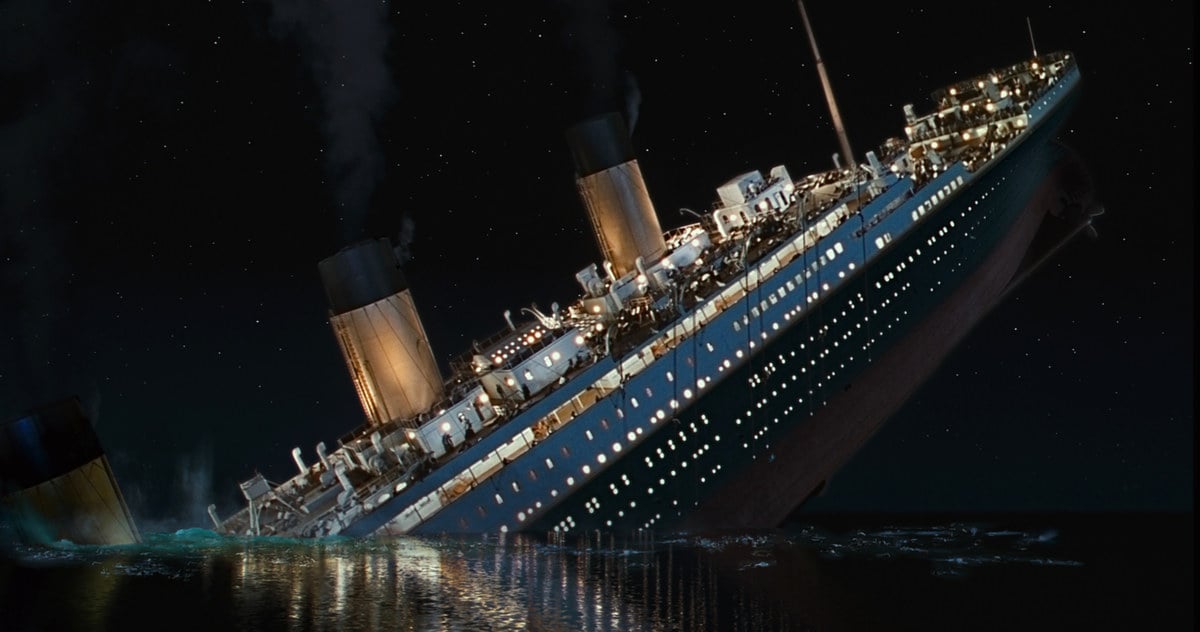
movieweb.com
There was also speculation that one of the primary reasons for the sinking ship was the amount of fuel used to push the ship through the icy mass. It took a lot of coal consumption to back up the ship, and speed it up again. These actions computed to a ship running at regular speed because there wasn’t sufficient fuel to slow it down and accelerate it again. The spending cuts did not help the situation.
The Titanic Crash
On top of that, the cut in spending continued. Think of the Titanic as being a banana and outwardly, its thickness ensured that its inner delicacy remained untouched. But, when you peel the skin, it is possible to crush the inside. This is the best way to explain the dichotomy of the Titanic. It was solid and impressive on the outside, but delicate and weak in its inner world. This statement was quickly verified when the HMS Hawk was struck by the RMS Olympic.

nuevamentes.net
Upon that crash, there was a large gap left in the HMS Hawk’s bow; including a split past its impact zone. If a designer were to take a look at the damage, the conclusion would be that there was an obvious defect in the metal.
Luxurious Ship?
At that time, though, the real question was whether Ismay cared or not and the final verdict was that he did not care. In fact, he argued with the steel companies that there was no need for any special type of steel as was indicated and of course, he lived to regret his decision to move forward anyway.
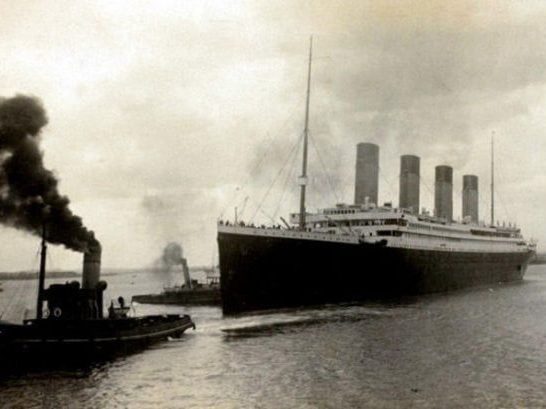
novi.ba
The Titanic was advertised as being luxurious and rich. Does that add up to you? If you went aboard the same ship now and knew all of this, you would definitely think that you were scammed into believing that it was a luxurious ship or that it was safe to board. And, the defective metal was not even the only problem. There were lots more issues on the inside. As far back as 2017, there was a photo album discovered in an attic with photos of the Titanic prior to the sailing of its last voyage.
The Burn Area
Upon being seen by Senan Molony, a Titanic expert and someone who made an appearance in the same documentary, he indicated that the photo reminded him of the tomb of King Tutankhamen. As he was speaking to the photo’s owner, Steve Raffield, he found another photo that provided new insight into the history of the Titanic.
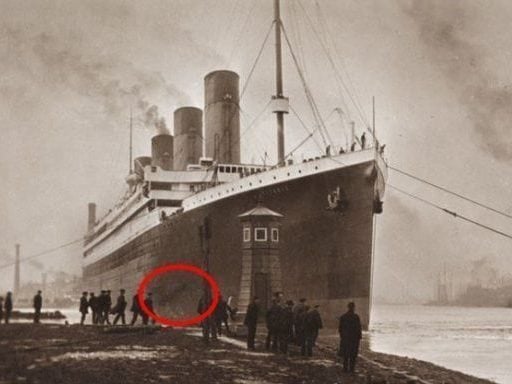
fb.ru
As he went through the remaining photos in the album, Molony saw something very strange. At first, he thought that the glare on the photo was some kind of damage to the photo; after being in the album for so long. However, upon inspecting it further, he discovered it was more than just that.
The Great Fire of Titanic
Once he enlarged the photo, it showed a large scorch marking on the ship, which also appeared in other photos. This scorch marking was in the exact spot that one of the ship’s boilers could be found. With this new information, it was obvious that there was a fire inside the ship, which resulted in the mark appearing on the outside of the ship.
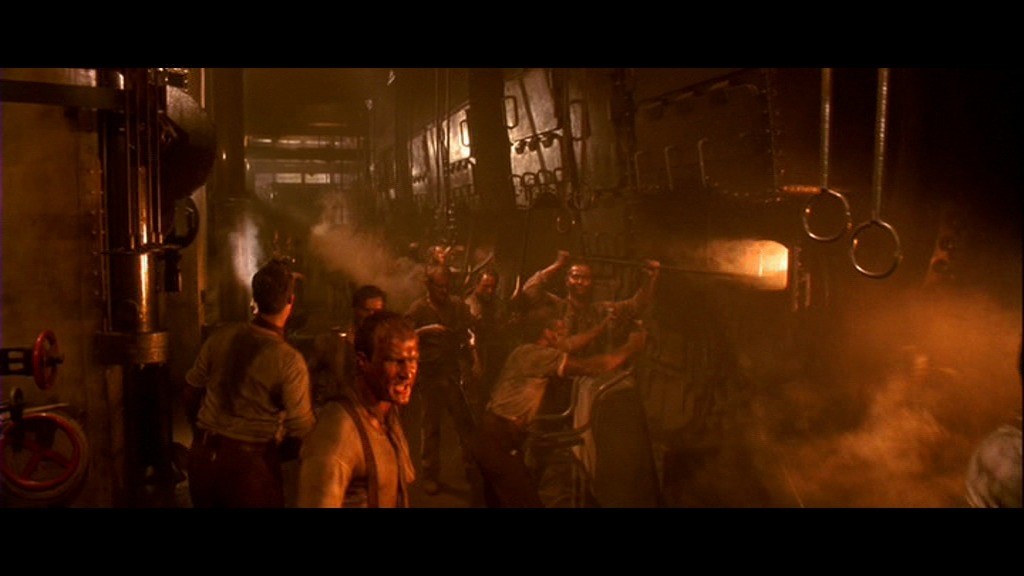
Youtube.com
The photos proved that the fire wasn’t put out prior to the Titanic setting sail on its voyage. The fire was mentioned in the reports in 1912. However, that was the only mention. There was no one who summoned for help. It seemed as if no one cared. In his part of the report, John Dilley mentioned that the Titanic sailed while it was on fire and nothing was done by his crew to extinguish the fire.
The Burning Fire
The fire was burning even when the ship picked up the additional 2,200 passengers. As the fire got worse, 11 men began to fight the fire, but it was too late as the fire began to burn stronger and stronger. None of the passengers knew that the ship was on fire.

goldpix.co
It was kept as a secret among the crew because Ismay ensure that it remained a secret. Ismay wanted to make a great impression on investors and on the passengers on the ship so that they could choose the most expensive rooms. Therefore, he continued to lie about the fire.
Lying
Ismay counted on making a great impression with the ship itself in order to distract investors from other things. The first-class rooms were insanely gorgeous and packed with expensive items. He was hoping that everyone sailing in the first class would take their hat off in front of him.
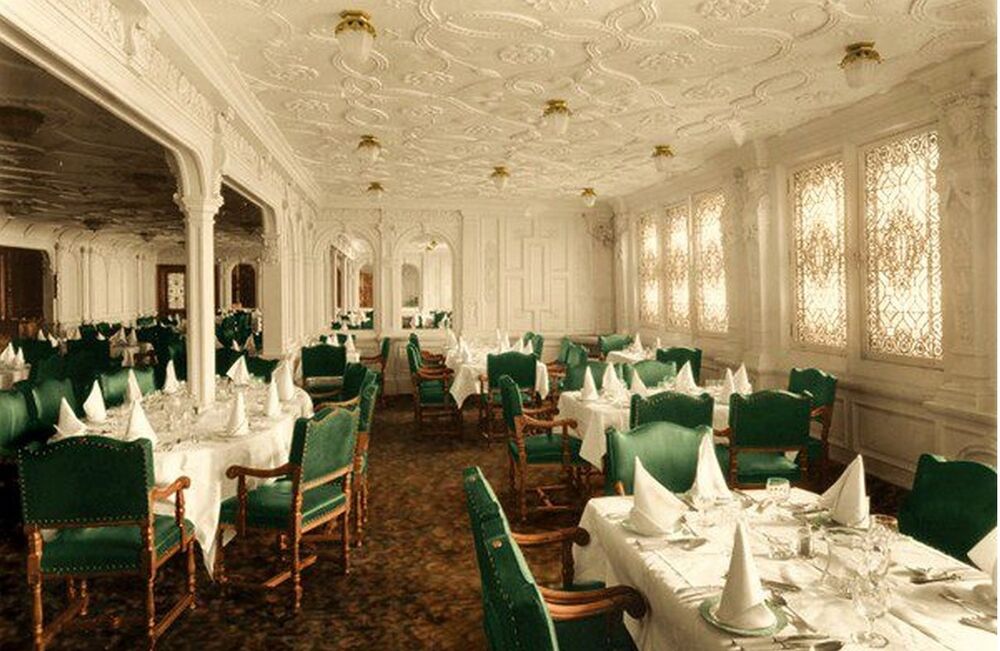
titanic.fandom.com
The price of the rooms were set pretty high as well. If you bought a first class ticket on the Titanic, it would cost you around $2,560. If we convert it to today’s equivalent, it would be around $61,000 USD. That is quite expensive! For that price, you got a three-bedroom room, with two wardrobe rooms, a bath, and a drawing room. The first-class meals were superb as well and of the best quality. He was trying to impress everyone with the luxurious additions.
The Food Menu
The food menu for the Titanic went on auction in 2012 and it was bought for $160,450. The lunch menu was bought for $102,000 and someone bought the dinner menu for $58,000. A look at both menus would show that there were items considered to be delicacies even in this current time.
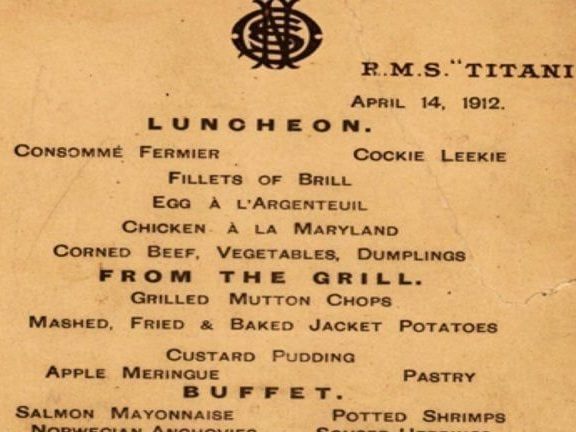
homedesignimg.net
One example is the turtle soup, stuffed eggs and capon. Time Magazine reported that the dinner menu had ten courses, which included lamb, salmon, oysters, beef, squab and duckling. The rich passengers on the Titanic could order any of these things on the menu.
Rising Temperatures
If you are wondering what is all the hoopla about this fire. Well, it is not about the sunken ship. There is no denying that the Titanic hit an iceberg before it sunk. There were several things happening during the journey and these things influenced the rising temperatures.
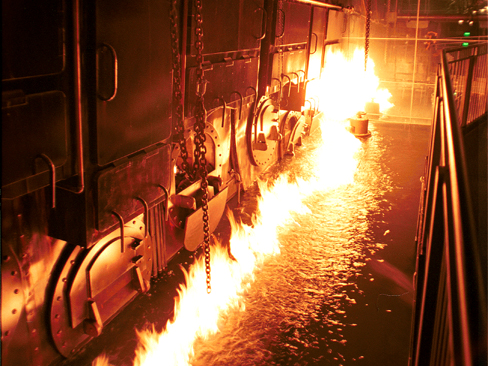
emaze.com
Senan Molony; one of the most known skeptics and even though, he wasn’t a fire expert, he knew a coal fire expert, Guillermo Rein and contacted him for answers. The answer was horrifying. Apparently, the coal was on fire and burning before being spotted.
Spreading The Fire
Guillermo Rein indicated to Molony that the ship may have been heated up prior to leaving Southampton. Guillermo said further that coal was easy to heat up and burn. It is heated up and spreads through the coal pile; after which, it smokes and then begins burning for weeks; even before anyone notices it.
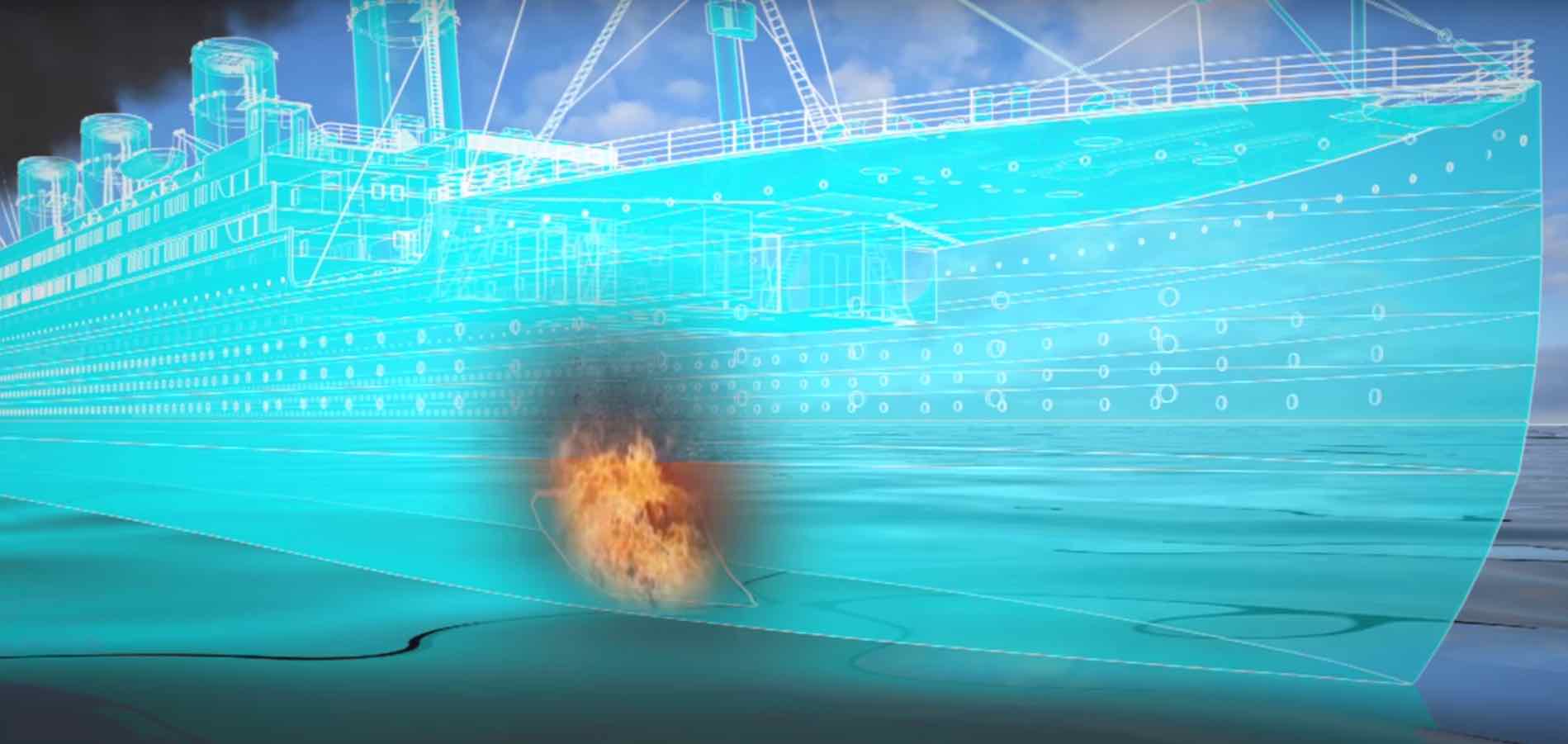
Youtube.com
By the time the fire is discovered, it is difficult to put it out because it burns at high temperatures of up to two thousand degrees Fahrenheit. It is similar to the temperature of molten lava.
Hell On The Titanic
If we were to link all these pieces, we can quickly understand what happened. The fire is burning in the coal bunker; up to two hundred degrees Fahrenheit. There is a bulkhead with water close to the bunker, but since the fire was burning at such a high temperature, the steel encompassing it makes the fire burn even more.
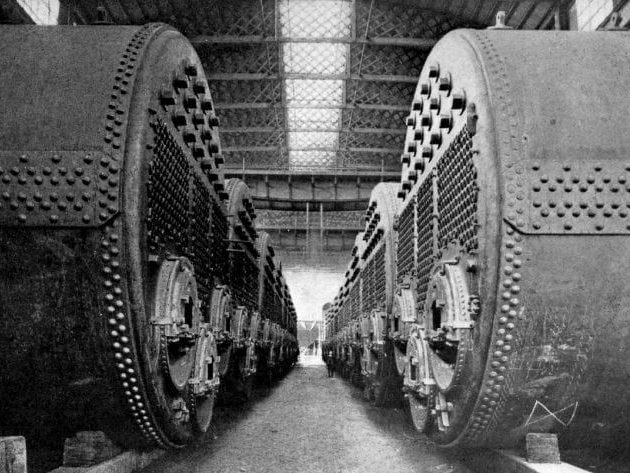
hubfrdesign.co
In fact, the bulkhead may have been the most impacted by the fire. For that reason, there was no more protection for the bunker. The water from the bulkhead likely flowed into the coal bunker, but it was not enough to put out the fire and there was no more water. So, the fire resulted in the disaster on the ship.
Courageous Workers
There is no secret that the fire was fully at blaze when the Titanic was leaving Southampton. Courageous workers were able to slow it a little down to control it enough so it could burn in one pile. That is when they attempted to repair damages done.
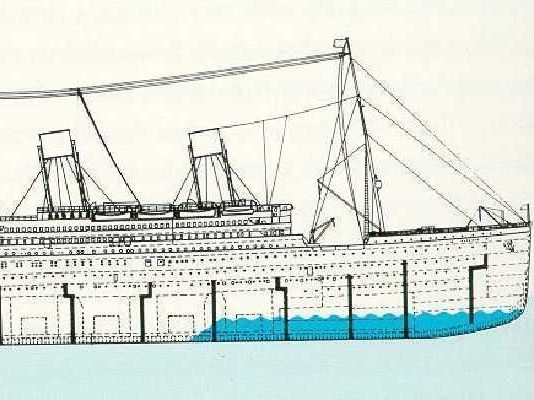
oogway.in
While the fire burned close to the bulkhead, the metal began to give way. The workers saw a huge hole that the fire had burned between the bunker and bulkhead and they weren’t able to do anything to patch it up.
Burning Through Coal
There is only one way to get rid of burning coal and this is to move it. That was not possible because of the huge supply of coal and there was no place to move it. The workers were shoveling the coal as it burned and putting it in the furnaces.
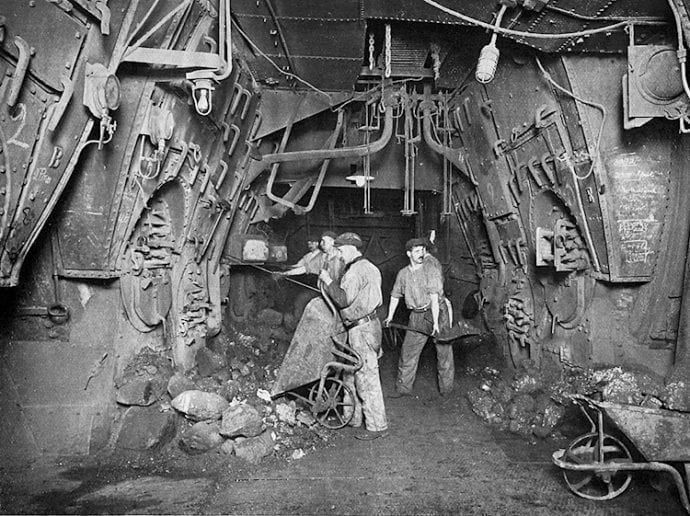
bright-story.com
It was believed that the ship was running on fumes because of low fuel. The workers thought that shoveling the burning coal would help speed up the ship as it lost fuel while the ship was going straight for the iceberg field at 23 knots.
Ignoring The SIgns
There were quite a number of warning signals to indicate that the ship was sailing directly into the ice patch. With all the warnings, the crew still continued to sail instead of being stranded in the middle of the ocean. Rumor has it that Edward John Smith who was the Captain of the ship forced to maintain the Titanic’s speed; although, he wanted to reduce the speed or stop, but there were not many other options.

Wikimedia Commons
He could ignore the warning or continue to sail ahead with hopes of nothing bad happening. He could continue to sail at a steady speed to avoid damages, but use up all his resources and get the ship stuck. The choice he made held up instead.
The Unsinkable Sinks
On April 14, 1912, the ship went directly into the iceberg; hitting it at 400 miles per hour. This happened off the Newfoundland coast. The ship sank with its 2,200 passengers onboard beneath the water after two hours and forty minutes.
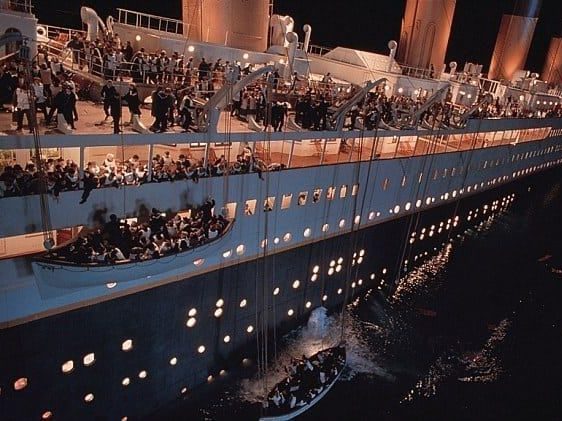
eveyo.com
706 passengers made it out alive. Everything happened so quickly. Once the ship hit the ice patch, a hole was made by the ice patch as it scraped along the ship and the ship took in water in its compartment quite fast.
The Water Compartment
The water compartment close to the bunker was the last one standing and its steel were already weak from the burning fire. And so, it was under a lot of pressure already.
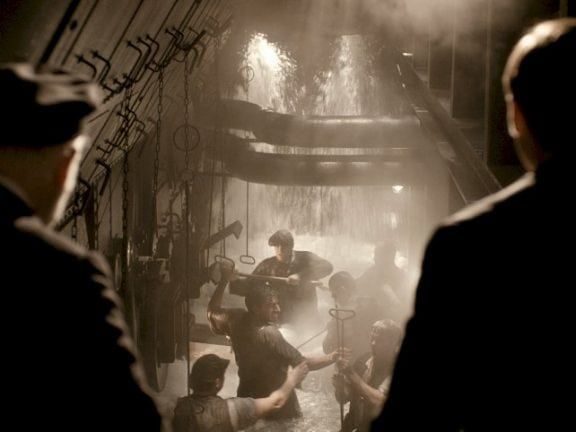
wbgxq.com
It was only a short period of time before it collapsed. The water started filling up the ship’s engine room as the ship sunk.
The Molony Research
Molony’s research indicates that had the last water compartment and bulkhead hold up, then the ship would have sunk, but a little slower. It would give the passengers and workers sufficient time to send out an alert signal that they were in distress.

milli.az
The RMS Carpathia would have rescued them. So many lives would have been saved. The opposite is true and it was so sad. J. Bruce Ismay was one of the 706 individuals who survived.
The Telegraph
The distress signal was a telegraph that Ismay sent once he came on ground. Within days, a major investigation was under way. Ismay was fearful that the entire truth about what happened during the fire would be revealed. And so, he sent a telegram to each of the firemen known to work on the Titanic.
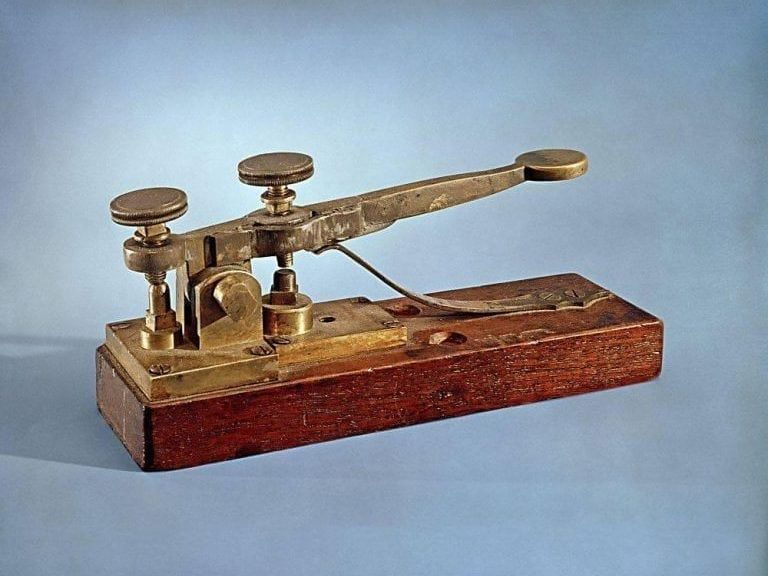
timetoast.com
He told them to disappear inland. A trial was set and Ismay indicated that all the firemen had died as a result of the accident. Something came up later in court, which was even more mysterious and disturbing.
The High Court Judge
The judge for the high court, John Charles Bigham or Lord Mersey oversaw the proceedings. Evidence came out during the trial that the ship was burning for the entire voyage. However, the judge dismissed this piece of evidence as being irrelevant to the case. Reports indicated that it could be due to his impatience of wanting to wrap up the case quickly.

emaze.com
Later into the trial, additional evidence came out that helped give some more insight into exactly what happened. There were one hundred and sixty firemen to embark from the vessel and eight of them were there in actuality. Apparently, the other 152 firemen got off the vessel prior to it setting sail; after they saw the burning coal. The judge indicated again that this was not relevant to the tril. This angered all the people in the court.
The Judge’s Final Ruling
Lord Mersey finally came up with a verdict. It indicated that it was all an accident that the Titanic sank. It was because of excessive speed and an iceberg collision. Once the final ruling was given, it stuck as being the true story until the photos were discovered in the album decades later.

youngheaven.us
Molony was dumbfounded after going through all the new discoveries of the events that took place back then. The question now was why the judge left out the most important piece of evidence. It could be that the investigators had been searching for it the entire time.
